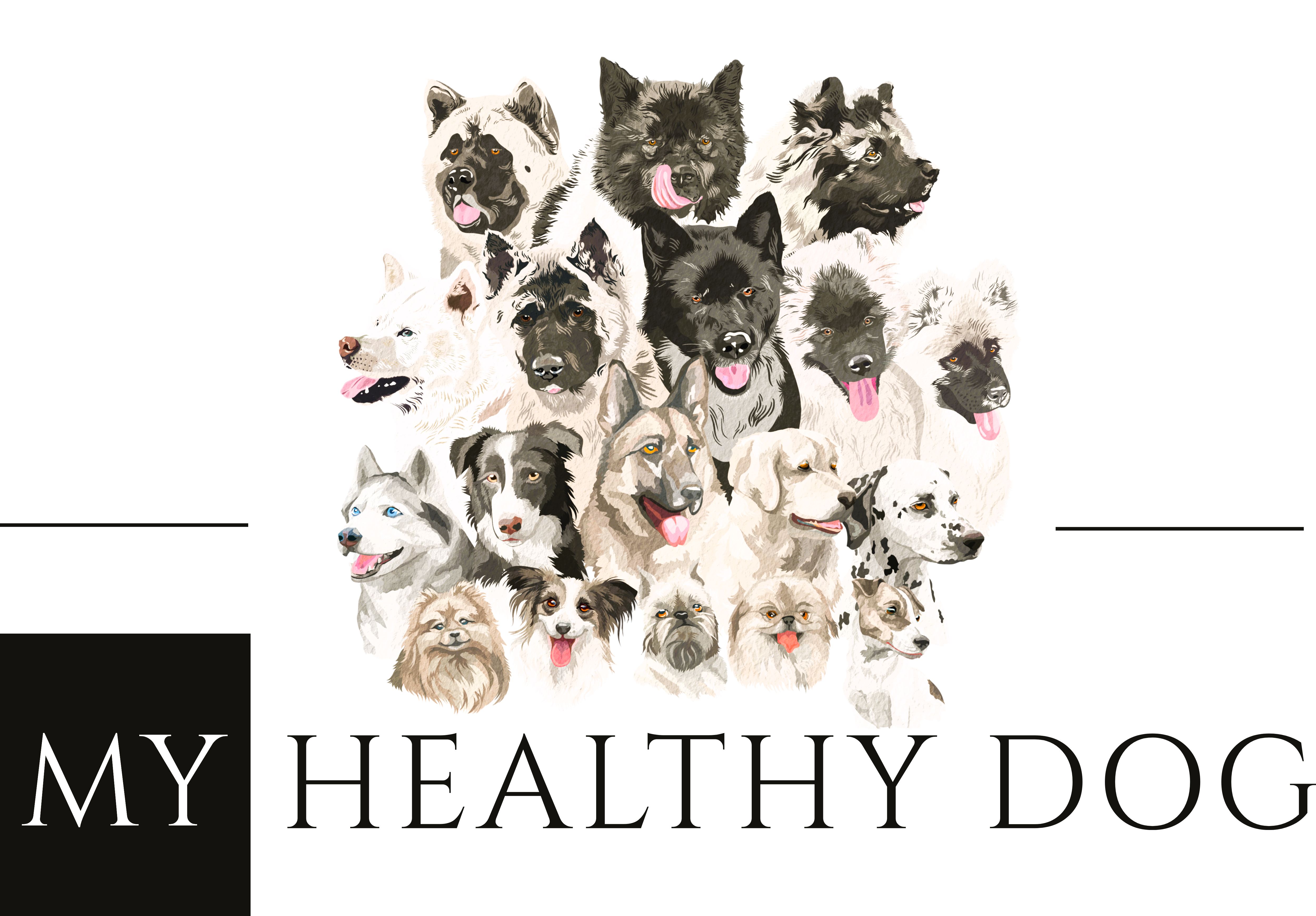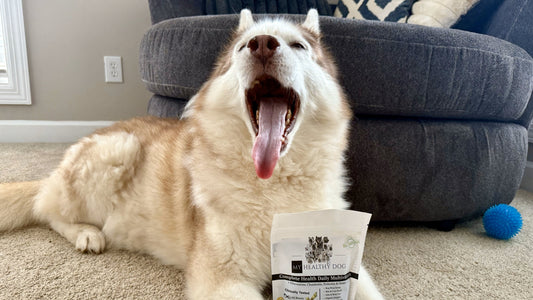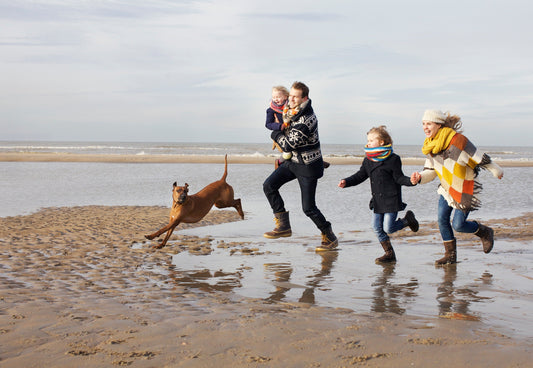The German Spitz is a delightful and energetic breed known for its lively personality and striking appearance. This breed comes in various sizes and colors, each sharing a common ancestry and distinct characteristics. In this article, we will explore the origins, appearance, temperament, and care requirements of the German Spitz, providing a comprehensive guide for prospective owners.
Breed Summary
Origin and History
The German Spitz is one of the oldest dog breeds, with origins dating back to ancient times. This breed's ancestors were likely brought to Europe by Nordic tribes, and they were primarily used as watchdogs and companions. Over time, different varieties of the German Spitz were developed, including the Pomeranian, Keeshond, and American Eskimo Dog. Despite their small size, these dogs were prized for their alertness, intelligence, and loyalty. Today, the German Spitz is cherished as both a companion and a show dog.
Appearance
The German Spitz comes in five size varieties: Giant, Standard, Medium, Miniature, and Toy. They typically weigh between 7 to 22 pounds and stand about 9 to 15 inches tall at the shoulder, depending on the variety. The breed is known for its fox-like face, erect ears, and a plumed tail that curls over the back. Their double coat is thick and fluffy, with a dense undercoat and a long, straight outer coat that stands off from the body. German Spitz dogs come in various colors, including black, white, brown, orange, and gray.
Temperament
German Spitz dogs are known for their lively, intelligent, and affectionate nature. They form strong bonds with their families and are particularly good with children, making them excellent family pets. These dogs are alert and vocal, often serving as effective watchdogs. They are highly trainable and eager to please, but their independent streak requires consistent and patient training. German Spitz dogs are social animals and enjoy being part of family activities. They thrive in environments where they receive plenty of mental and physical stimulation.
Health Outlook
The German Spitz typically has a lifespan of 12 to 16 years. While generally healthy, they can be prone to certain genetic conditions such as patellar luxation, hip dysplasia, and progressive retinal atrophy (PRA). Their thick coat can also make them susceptible to skin conditions like dry, itchy skin. Regular grooming and the use of premium dog shampoos designed to moisturize and soothe sensitive skin can help prevent these issues. Routine veterinary check-ups are essential to monitor their health and address any concerns promptly.
Nutritional Requirements
A balanced diet is crucial for maintaining the health and vitality of German Spitz dogs. High-quality dog food that is rich in protein and low in fat is ideal. Additionally, incorporating a complete multivitamin can ensure they receive all necessary nutrients, promoting overall health and longevity. Fresh water should always be available to keep them hydrated. Due to their small size, it is important to manage their diet carefully to prevent overfeeding and obesity.
Exercise Requirement
German Spitz dogs have moderate exercise needs. Daily walks and regular play sessions are sufficient to keep them healthy and happy. They enjoy activities like agility training, obedience exercises, and interactive games that provide both physical and mental stimulation. Their playful and energetic nature makes them ideal companions for active families.
Pros and Cons of Owning the Breed
Pros:
- Friendly and affectionate, great family pets.
- Intelligent and highly trainable.
- Alert and effective watchdogs.
Cons:
- Prone to certain genetic health issues.
- Requires regular grooming to maintain their coat.
- Can be vocal and may bark frequently.
Space Requirements
German Spitz dogs can adapt to both apartment living and larger homes, provided they receive adequate exercise. Their small to medium size makes them suitable for various living environments. Access to a secure yard where they can explore and play is beneficial but not essential. Their adaptable nature makes them suitable for various living environments, but prospective owners should ensure they have enough space to accommodate these lively dogs.
Suitability for Elderly
German Spitz dogs' friendly and affectionate nature makes them suitable companions for the elderly. They require moderate exercise, which can be managed with regular walks. Their small to medium size and well-mannered behavior make them an excellent choice for older individuals looking for a loving and loyal companion.
Suitability for Kids
German Spitz dogs are excellent with children, displaying patience and playfulness. They enjoy interacting with kids and can be protective of their young family members. Supervised interactions, especially with younger children, ensure safe and positive experiences.
Cost
The cost of a German Spitz puppy can range from $800 to $2,500, depending on the breeder's reputation and the lineage of the puppy. It's important to choose a reputable breeder to ensure the health and well-being of the dog.
What Should the Owner Be Like?
Prospective German Spitz owners should be committed to providing a balanced diet, regular grooming, and healthcare. They should be patient and consistent with training, as German Spitz dogs can be independent and strong-willed. An understanding of the breed's exercise and space needs is also essential.
Fun Facts
- The German Spitz is one of the oldest dog breeds, with a history that dates back thousands of years.
- Despite their small size, German Spitz dogs are known for their bold and fearless nature.
Conclusion
The German Spitz is a wonderful blend of intelligence, energy, and affection. Their lively and loyal nature makes them perfect companions for families, singles, and the elderly alike. While they require regular grooming and attention to health needs, the love and joy they bring into a home make them a cherished member of any household. For those seeking a lively, affectionate, and intelligent companion, the German Spitz is an ideal choice.
Are you familiar with the German Spitz or have this wonderful breed in your family?
Share your stories in the comments!
Share the Article with friends!





